During the first few weeks, newborns spend most of their time sleeping, feeding, and bonding with caregivers. Still, many parents wonder, do newborns need toys this early on? While they don’t play in the traditional sense yet, simple sensory toys can gently support their early development. In this guide, we’ll explore how newborns perceive the world, when babies start to play with toys, and what toys are best for newborns. Let’s get started!

Do You Need Toys for Newborns?
In the first few months of life, a newborn’s brain is developing at a remarkable pace. Although they’re not ready to play like older babies, they are constantly taking in the world through light, sound, touch, and motion.
Newborns can only focus on objects about 8 to 12 inches away. Their vision is still developing, so they respond best to high-contrast colors like black and white, which are easier for their eyes to process.
Hearing is another early sense. Babies begin recognizing familiar voices within days. Soft music, a gentle baby rattle, or toys that make a light sound can help them become more aware of the noises around them.
Touch is soothing and educational. Newborns react to different textures and find comfort in soft materials or gentle pressure. Even a simple fabric toy or textured blanket can help support their sensory awareness.
Movements like turning toward sound or grasping a finger are part of their natural reflexes. These small actions play a big role in how babies start to learn and interact with their environment.
So, when parents wonder, “Do I need toys for my newborn?” the answer is yes, but only the right kind. What toys do you need for a newborn? Toys at this stage should offer gentle stimulation and support early development. Most importantly, they help build moments of connection between babies and their caregivers.

When Do Babies Start Playing with Toys?
Your newborn won’t be grabbing toys right away. But that doesn’t mean they aren’t interacting with their environment. As babies grow, they reach new milestones that change how they play and explore. Here’s a simple look at each stage during the first year and what toys do newborns need.
0–1 Month: Sensory Awareness
In the earliest weeks, babies are adjusting to their new surroundings. Their vision is still developing, so they see best at close range and are especially drawn to high-contrast colors like black, white, and red.
Soft cloth books with bold patterns or black-and-white crib cards can gently capture their attention.
A lightweight rattle with a soft sound can also offer calming auditory stimulation. These early toys help babies begin focusing their eyes and responding to gentle sounds and movement.
2–3 Months: Emerging Interaction
By this stage, babies are becoming more alert and start responding to faces, sounds, and movement. Mobiles with slow-moving parts, soft musical toys, or plush toys with crinkle fabric and different textures are great choices.
A baby-safe mirror can also be fascinating, as babies begin to notice their own reflections. These toys not only spark curiosity but also encourage early back-and-forth interaction, such as cooing at sounds or following a moving toy with their eyes.
3–6 Months: Grasping and Exploring
Now babies are learning how their hands work. They begin reaching, grasping, and even bringing objects to their mouths. Toys that are soft, lightweight, and easy to grab are ideal. Think silicone teething rings, easy-grip rattles, or textured sensory balls.
Some toys combine sound, texture, and color, like soft cubes with squeakers or tags. These keep babies busy while supporting fine motor development and offering safe ways to explore the world through touch and taste.
6–12 Months: Mobility and Imitation
As babies start to move, rolling, crawling, and eventually standing, they want toys that respond to their actions.
Push-and-go cars, pop-up activity centers, or baby-safe musical instruments like tambourines and maracas keep them engaged.
Interactive books with flaps, sound buttons, or textured pages are great for language development.
Imitation toys are also loved at this age. Mini kitchen sets, toy phones, or remote controls allow babies to copy what they see grown-ups doing, which helps build both imagination and social understanding.
What to Look for When Buying Toys for Newborns?
Not all baby toys are created equal. When buying toys for a newborn, focus on safety, stimulation, and comfort. Here’s a quick checklist to help you choose:
1. Age-Appropriate Design
Always check the age label to confirm the toy is made for newborns. Newborn toys should be soft, lightweight, and simple. Anything too heavy or complicated won’t be useful at this stage, when babies are just starting to explore with their eyes and hands.
2. Safety Standards
Look for toys made with baby-safe materials. Avoid anything with small parts, rough edges, or detachable pieces. BPA-free toys that meet certifications like ASTM or CE are a safer choice and give extra peace of mind.
3. Stimulating But Not Overwhelming
Newborns benefit from gentle sensory input. Choose toys with high-contrast visuals, quiet rattles, or soft fabrics. Bright lights and loud sounds may be too much at this age, so it’s best to keep things simple and soothing.
4. Multi-sensory Value
The best toys engage more than one sense at a time. For example, a soft book that crinkles, features bold patterns, and includes a small mirror supports touch, sound, and sight, great for early sensory development.
5. Easy to Clean
Babies this age drool often and love to explore with their mouths. Choose toys that are machine washable or easy to wipe clean. Avoid plush fabrics that hold onto dust or get worn down quickly with frequent washing.
6. Less Is More
Try not to overload your newborn with too many toys. A few quality items used thoughtfully go much further than a crowded toy bin.
Conclusion
So, do newborns need toys? They do, but the purpose isn’t entertainment. It’s to support early development through gentle sensory stimulation. A few well-chosen toys can help your baby grow in confidence, awareness, and connection. With the right toys and lots of loving interaction, your newborn’s playtime can be both simple and deeply meaningful.
FAQs
Do you need to buy toys for a newborn?
Yes, but only a few. Newborns benefit from sensory stimulation more than active play. Toys like soft rattles, high-contrast visuals, and gentle musical items help support their early development.
When should newborns start playing with toys?
Newborns begin engaging with toys around one month old through visual tracking and listening to soft sounds. By six months, most babies can grasp, shake, and explore toys with their hands and mouths. Simple, sensory-rich toys support this early play and help build essential motor and cognitive skills.
What kind of toys should newborns have?
Look for simple, safe, and soft toys that stimulate vision, hearing, and touch. High-contrast books, crib mobiles, mirrors, and lightweight rattles are all excellent choices for newborns.
Do newborns benefit from toys?
Absolutely. Toys designed for newborns help improve focus, coordination, and sensory processing. They also give parents meaningful ways to engage and bond with their baby.
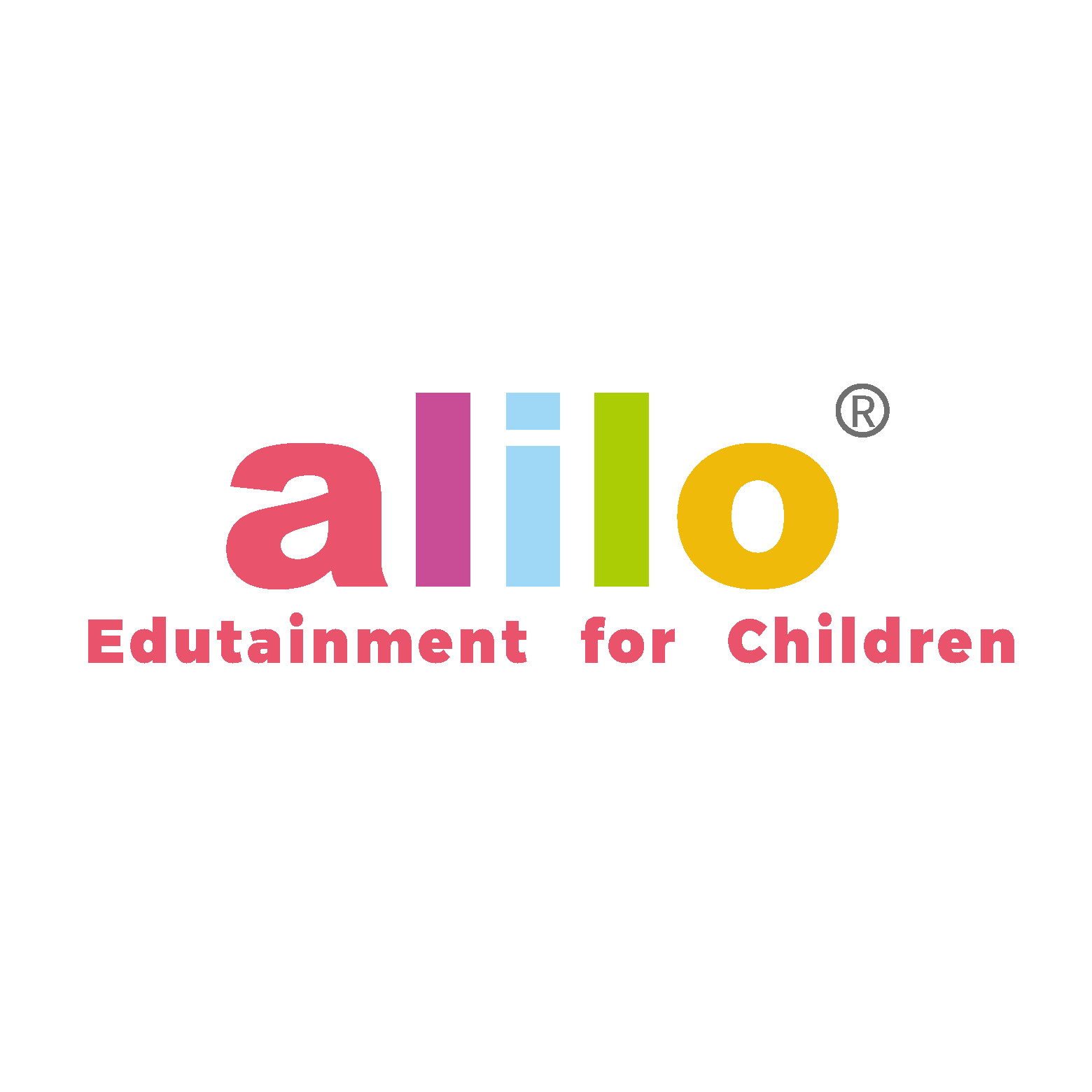
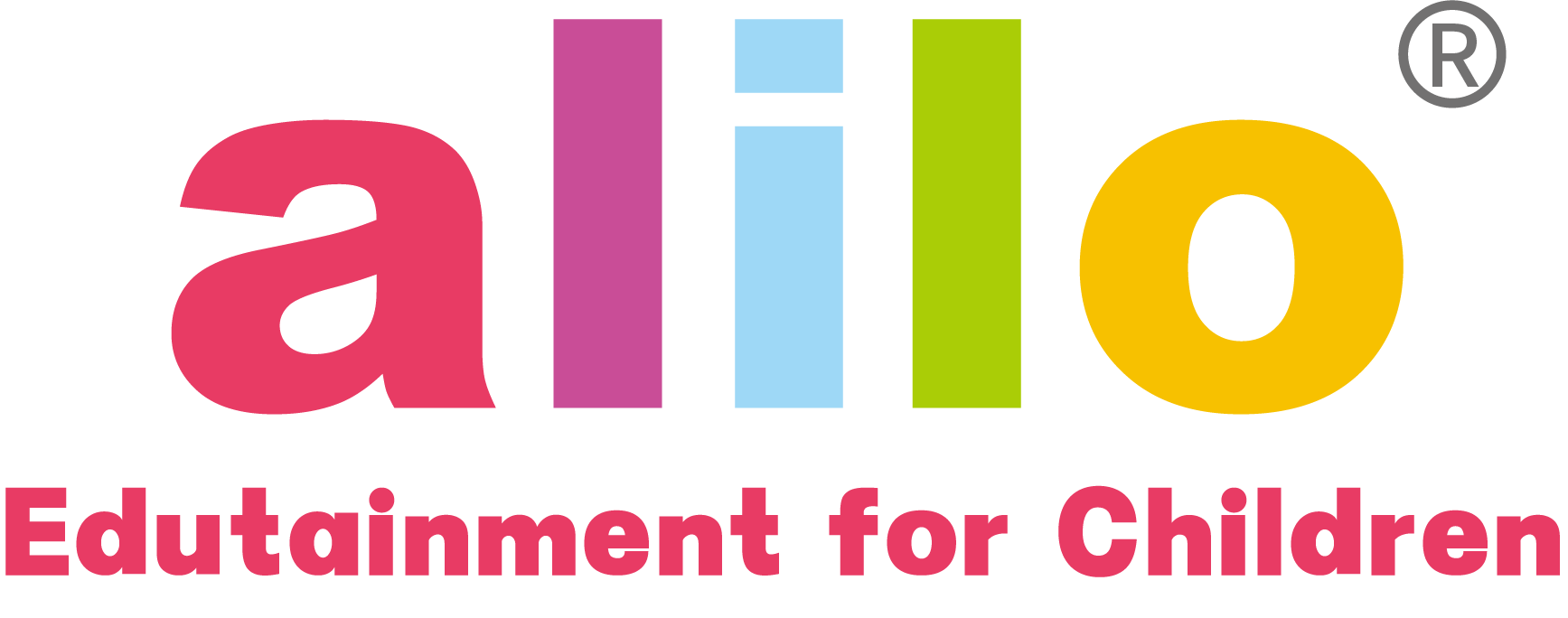
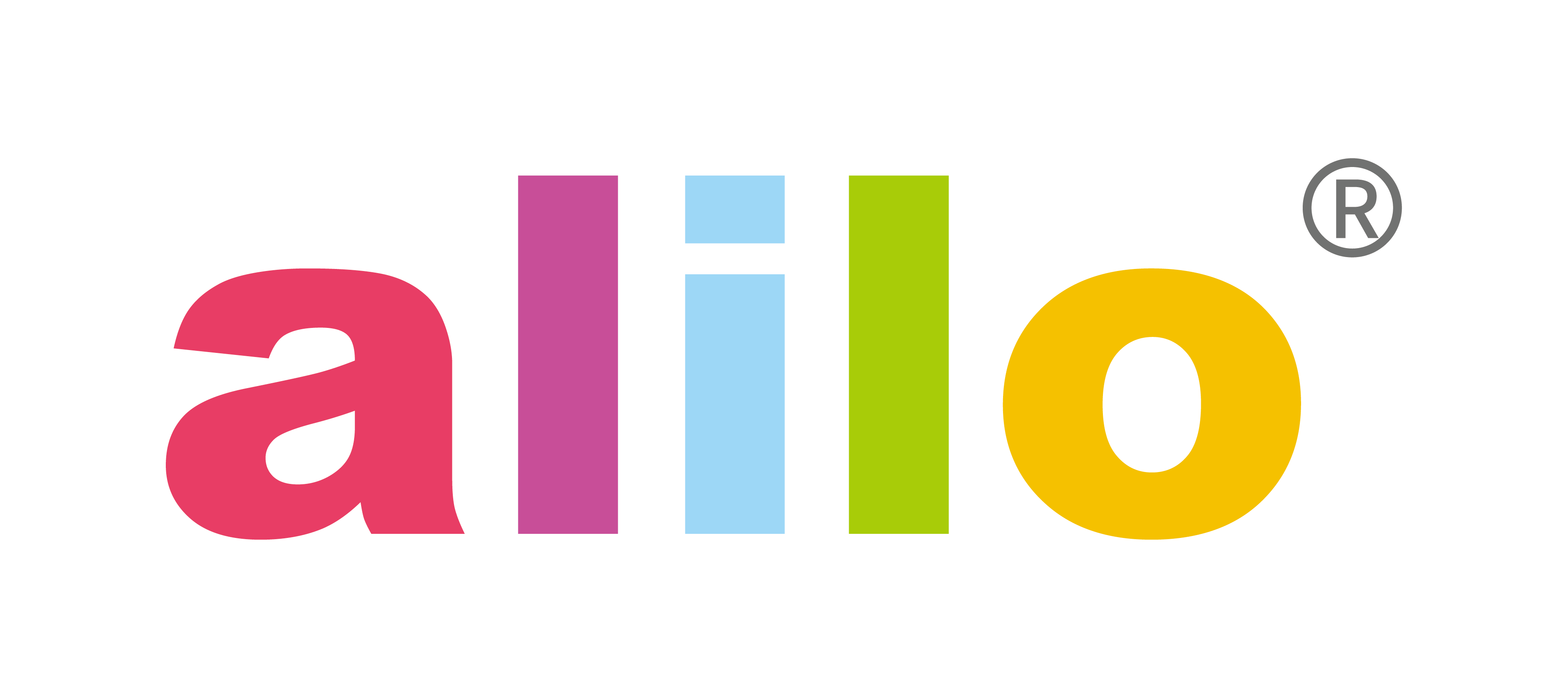
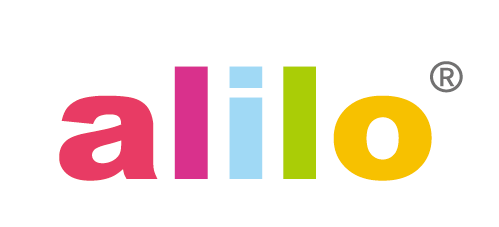
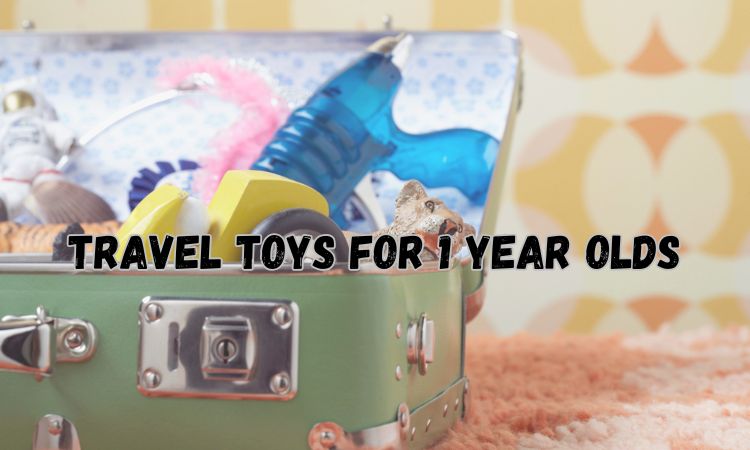
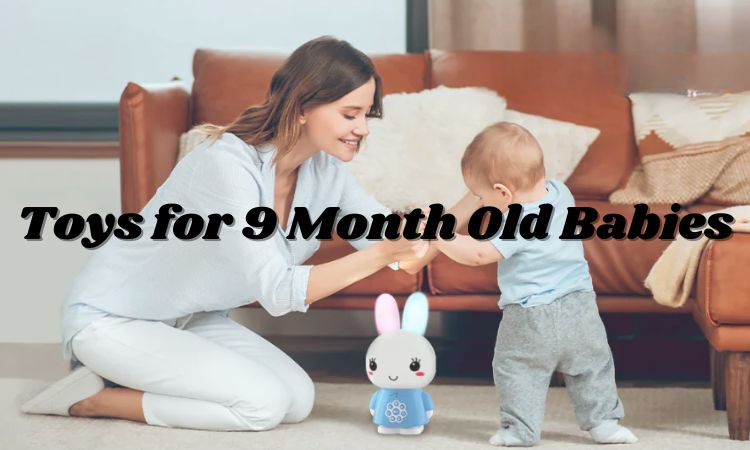
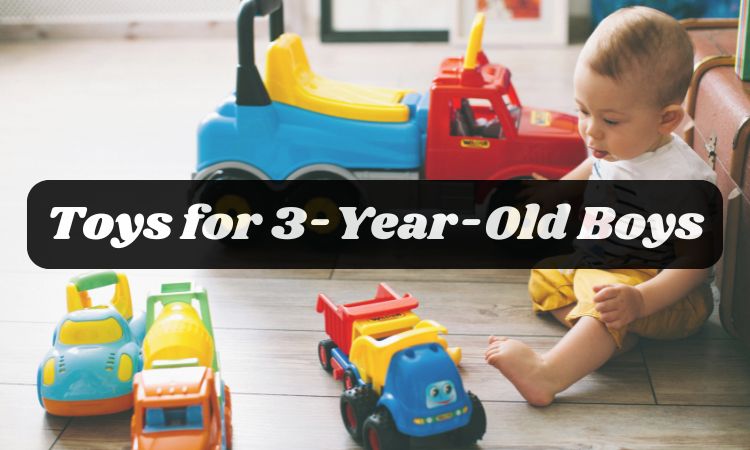
Share and get 5% off!
Simply share this product on one of the following social networks and you will unlock 15% off!